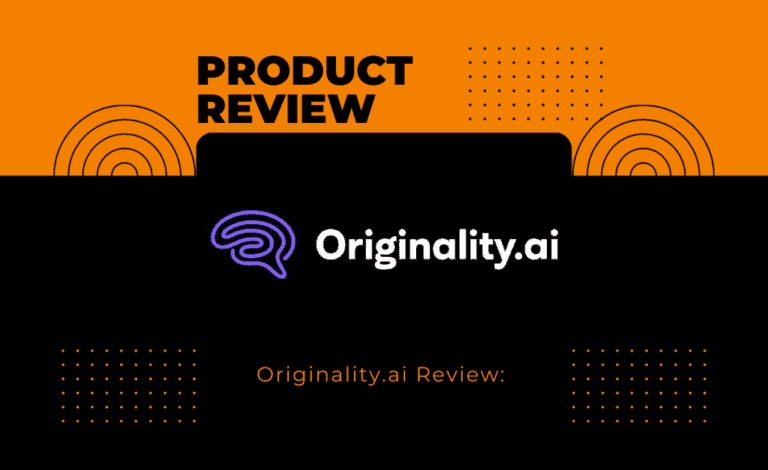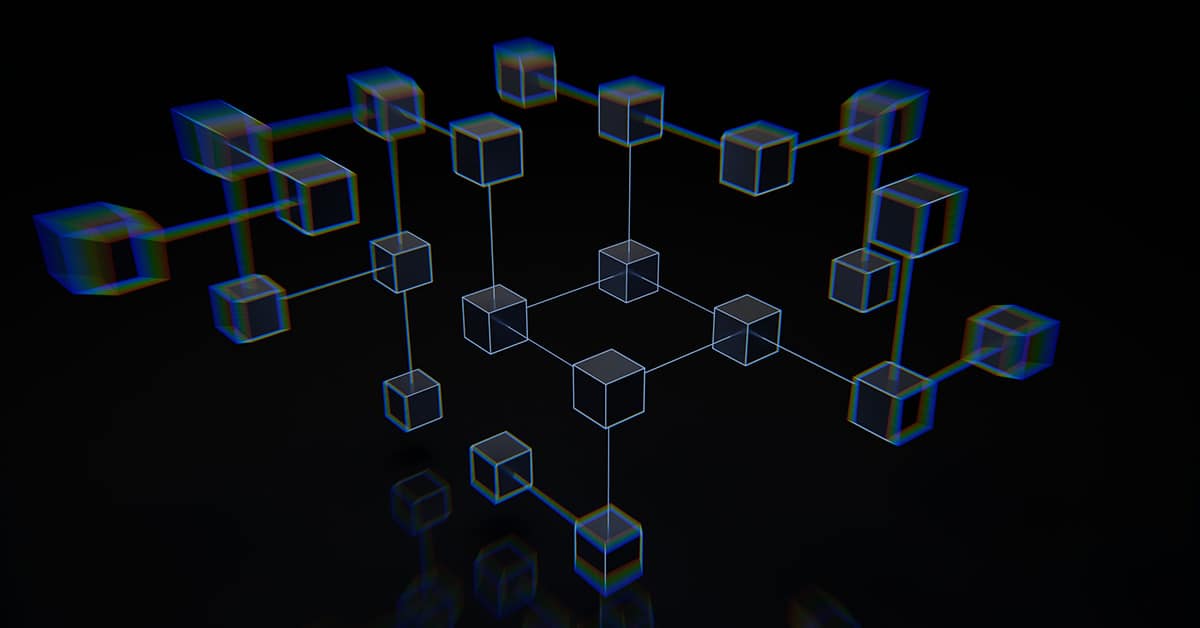
What Is Blockchain? Explained to a Fifth Grader

Blockchain is a way to keep track of things using computers. It’s like a big list that is shared by lots of people, and it can’t be changed or hacked. This makes it good for keeping track of money or important information, like votes.
Blockchain originated as the underlying technology for bitcoin–a digital currency that was developed in 2009. Since then, blockchain has been adapted for use in a variety of different industries.
What Is Blockchain and How Does It Work?
Blockchain is a way to do secure and transparent transactions that can’t be changed. It is a digital ledger made up of blocks of data that are connected and secured with cryptography. The blockchain can be used to store data about anything of value, such as money, titles, deeds, votes, etc. The blockchain is a secure and transparent way to track and record transactions. This is done by verifying the transactions through network nodes and recording them in a public ledger.
The blockchain is often associated with Bitcoin because it is the technology that Bitcoin is based on. However, the blockchain can be used for much more than just cryptocurrency. It has the potential to revolutionize many industries and change the way we do business.
What Are the Benefits of Blockchain?
There are many potential benefits to using blockchain technology. Some of these include:
- Increased security: Blockchain is a way to track information or transactions securely and transparently. This could help reduce fraudulent activity.
- Decentralized: Blockchain is not controlled by any one person or organization. This could make it harder for hackers to target users or businesses because they would have to hack every single computer on the network instead of just one.
- Improved efficiency: Blockchain could help improve the efficiency of processes and reduce the costs related to traditional middlemen (such as banks or brokers).
How Has Blockchain Been Adapted for Different Industries?
The blockchain has been adapted for a variety of different industries, including finance, healthcare, supply chain, and voting.
The blockchain is a way to make the process of issuing and tracking assets more efficient. For example, the Australian Stock Exchange is thinking about using it to track share ownership and speed up the settlement process. This would help improve efficiency in the financial sector.
In healthcare, the blockchain can be used to store and track patient data. This can help to ensure that patient data is secure and tamper-proof. The blockchain can also be used to securely send and receive payments for healthcare services.
In the supply chain industry, the blockchain can be used to track shipments and ensure that they are delivered on time and in good condition. The blockchain can also be used to verify the authenticity of products and ensure that they are not counterfeit.
The blockchain can be used to create a secure and transparent voting system. This would allow for votes to be counted in a way that makes it difficult to tamper with the results.
The blockchain has the potential to revolutionize many industries. It is important to keep track of how it is being adapted for different use cases so that we can fully realize its potential.
Are There Any Risks Associated With Using Blockchain?
There are a few risks associated with using the blockchain. One risk is that the blockchain is still relatively new and unproven. There is no guarantee that it will be able to handle the increased load of transactions as more and more people start to use it. Another risk is that the blockchain is decentralized, meaning that there is no one authority controlling
Another risk is that the blockchain can be hacked. The cryptography that is used to secure the blockchain can be cracked if there is enough computing power available.
There is also the risk of fraud. Transactions on the blockchain can be reversed if they are not properly verified. This means that you need to be careful when making a transaction to make sure that it is correct.
These are just a few of the risks associated with using the blockchain. It is important to be aware of these risks before deciding whether or not to use the blockchain.
What Are the Challenges of Implementing Blockchain Technology?
The challenges of implementing blockchain technology include the following:
1. Not understanding how blockchain technology works.
2. Different blockchain platforms do not use the same standards.
3. Banks and other financial institutions have been hesitant to adopt new technology.
4. Some people are worried that blockchain technology might not be secure or that it might not be able to scale to meet the needs of a large number of users.
5. The high costs of developing and maintaining a blockchain platform.
Despite these challenges, many companies are working on developing blockchain technology and applications. With continued research and development, the challenges of implementing blockchain technology can be overcome.
What Will the Future of Blockchain Look Like?
The future of blockchain is looking bright. Many companies are investing in blockchain technology, and there is a lot of interest in its potential applications. Blockchain has the potential to revolutionize many industries, and its popularity is only going to continue to grow.
There are still some challenges that need to be overcome before blockchain can be widely adopted. But with continued research and development, the future of blockchain looks very promising.


